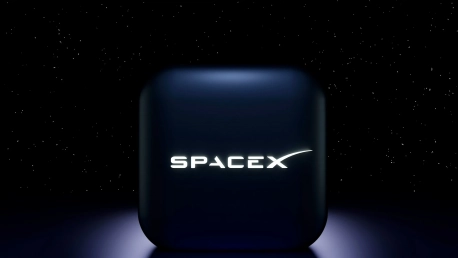Recent reports have cast a shadow over SpaceX’s reputation for innovative space endeavors, drawing attention to safety concerns within its earthly operations. U.S. Occupational Safety and Health Administration (OSHA) figures for 2023 have revealed an unsettling trend at specific SpaceX sites. When compared to industry standards, the incidence of work-related injuries at these locations is alarmingly high. This revelation points to potential issues in workplace safety protocols and procedures, indicating that while SpaceX may be excelling at conquering the challenges of space, it faces significant hurdles in ensuring the well-being of its employees on the ground. The company, known for its ambitious goals in aerospace technology and exploration, must now turn its attention to the pressing task of addressing and improving its safety record to safeguard its workforce and maintain its pioneering status.
A Troubling Trend in Workplace Safety
According to OSHA’s findings, the industry average for injuries per 100 workers sits at a modest 0.8, but in stark contrast, SpaceX’s numbers tower over this figure, with injury rates ranging from 1.5 to an alarming 7.6 depending on the site. This data points to an unsettling trend, particularly at SpaceX’s West Coast rocket recovery site, which reported rates nearly ten times higher than the average. As the private space sector prides itself on innovative advancements and forward-thinking culture, these statistics are sounding alarms about the potential cost of such rapid growth on workforce safety.Furthermore, out of the five SpaceX sites OSHA reported on, only two showed any signs of improvement in injury rates during the span of 2021 to 2023. However, these improvements were not sufficient to bring the numbers close to the industry norm. Records suggest that the pace at which SpaceX operates could be contributing to an environment where safety protocols struggle to keep up, resulting in a hazardous workplace.
Regulatory Response and Industry Comparison
What compounds the issue surrounding SpaceX’s alarming injury figures is the seeming lack of proportionality in the regulatory response. Despite cases of severe injuries, including one incident close to amputation and another leading to death and coma, penalties imposed on SpaceX have been considerably low. Over the past decade, fines totaled just over $50,000, which raises questions about the efficacy and force of the regulatory body’s actions.This pattern is not solely characteristic of SpaceX. Other tech giants, notably Amazon, have also reported on the higher end regarding worker injury rates. It’s indicative of a broader problem within fast-paced, high-pressure work environments where rapid expansion and production demands may inadvertently marginalize safety measures. The dilemma of ensuring the well-being of workers whilst maintaining a competitive edge in innovation and output persists, raising ethical and logistical questions for industry leaders.









